About the Boeing 737:The Boeing 737 is an American narrow-body aircraft produced by Boeing at its Renton factory in Washington. Developed to supplement the Boeing 727 on short and thin routes, the twinjet retained the 707 fuselage width and six abreast seating but with two underwing Pratt & Whitney JT8D low-bypass turbofan engines. Envisioned in 1964, the initial 737-100 made its first flight in April 1967 and entered service in February 1968 with Lufthansa. The lengthened 737-200 entered service in April 1968, and evolved through four generations, offering several variants for 85 to 215 passengers.
The First Generation 737-100/200 variants were powered by Pratt & Whitney JT8D low-bypass turbofan engines and offered seating for 85 to 130 passengers. Launched in 1980 and introduced in 1984, the Second Generation 737 Classic -300/400/500 variants were upgraded with more fuel-efficient CFM56-3 high-bypass turbofans and offered 110 to 168 seats. Introduced in 1997, the Third Generation 737 Next Generation (NG) -600/700/800/900 variants have updated CFM56-7 high-bypass turbofans, a larger wing and an upgraded glass cockpit, and seat 108 to 215 passengers. The latest, and Fourth Generation, the 737 MAX -7/8/9/10 variants, powered by improved CFM LEAP-1B high-bypass turbofans and accommodating 138 to 204 people, entered service in 2017. Boeing Business Jet versions have been produced since the 737NG, as well as military models.
As of March 2025, 16,805 Boeing 737s have been ordered and 12,030 delivered. It was the highest-selling commercial aircraft until being surpassed by the competing Airbus A320 family in October 2019, but maintains the record in total deliveries. Initially, its main competitor was the McDonnell Douglas DC-9, followed by its MD-80/MD-90 derivatives. In 2013, the global 737 fleet had completed more than 184 million flights over 264 million block hours since its entry into service . The 737 MAX, designed to compete with the A320neo, was grounded worldwide between March 2019 and November 2020 following two fatal crashes.
Real Images:




Accident:

Previous Livery:
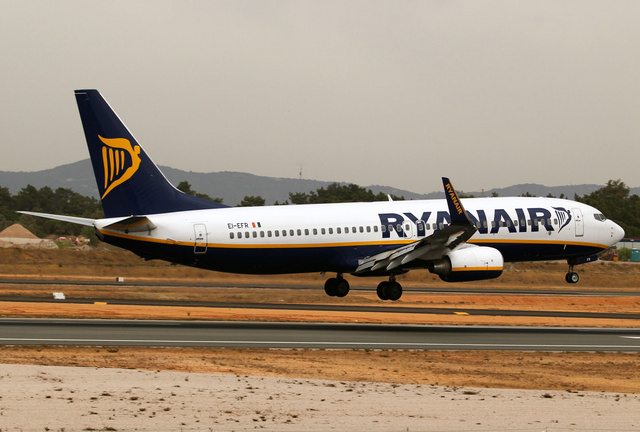
Victims:

About Jeju Air 2216:Jeju Air Flight 2216 was a scheduled international passenger flight operated by Jeju Air from Suvarnabhumi Airport near Bangkok, Thailand, to Muan International Airport in Muan County, South Korea. On 29 December 2024, the Boeing 737-800 operating the flight was approaching Muan, when a bird strike occurred. The pilots issued a mayday alert, performed a go-around, and on the second landing attempt, the landing gear did not deploy and the airplane belly landed well beyond the normal touchdown zone. It overran the runway at high speed, collided with the approach lighting system and crashed into a berm encasing a concrete structure that supported an antenna array for the instrument landing system (ILS). The collision instantly killed all 175 passengers and 4 of 6 crew members. The surviving 2 cabin crew were seated in the rear of the plane, which detached from the fuselage, and were rescued with injuries.[1] Both the cockpit voice recorder and flight data recorder stopped functioning a few seconds before the mayday call, and evidence of a bird strike with a species of migratory duck was later found in both engines.
The accident is the deadliest aviation disaster involving a South Korean airliner since the 1997 crash of Korean Air Flight 801 in Guam and became the deadliest aviation accident on South Korean soil, surpassing the 2002 crash of Air China Flight 129 that killed 129 people.[2] This was the first fatal accident in Jeju Air's 19-year history.[3]
The crash is the deadliest aviation accident since the 2018 crash of Lion Air Flight 610 in the Java Sea. The crash is also the 2nd deadliest accident involving the 737 after Lion Air Flight 610 with 189 fatalities. [4]
Specifications
General Characteristics
- Predecessor Boeing 737-800 (Pegasus Airlines)
- Created On Android
- Wingspan 185.2ft (56.5m)
- Length 203.0ft (61.9m)
- Height 63.5ft (19.3m)
- Empty Weight 22,546lbs (10,226kg)
- Loaded Weight 45,075lbs (20,446kg)
Performance
- Power/Weight Ratio 2.991
- Wing Loading 14.7lbs/ft2 (72.0kg/m2)
- Wing Area 3,056.9ft2 (284.0m2)
- Drag Points 7832
Parts
- Number of Parts 166
- Control Surfaces 9
- Performance Cost 709

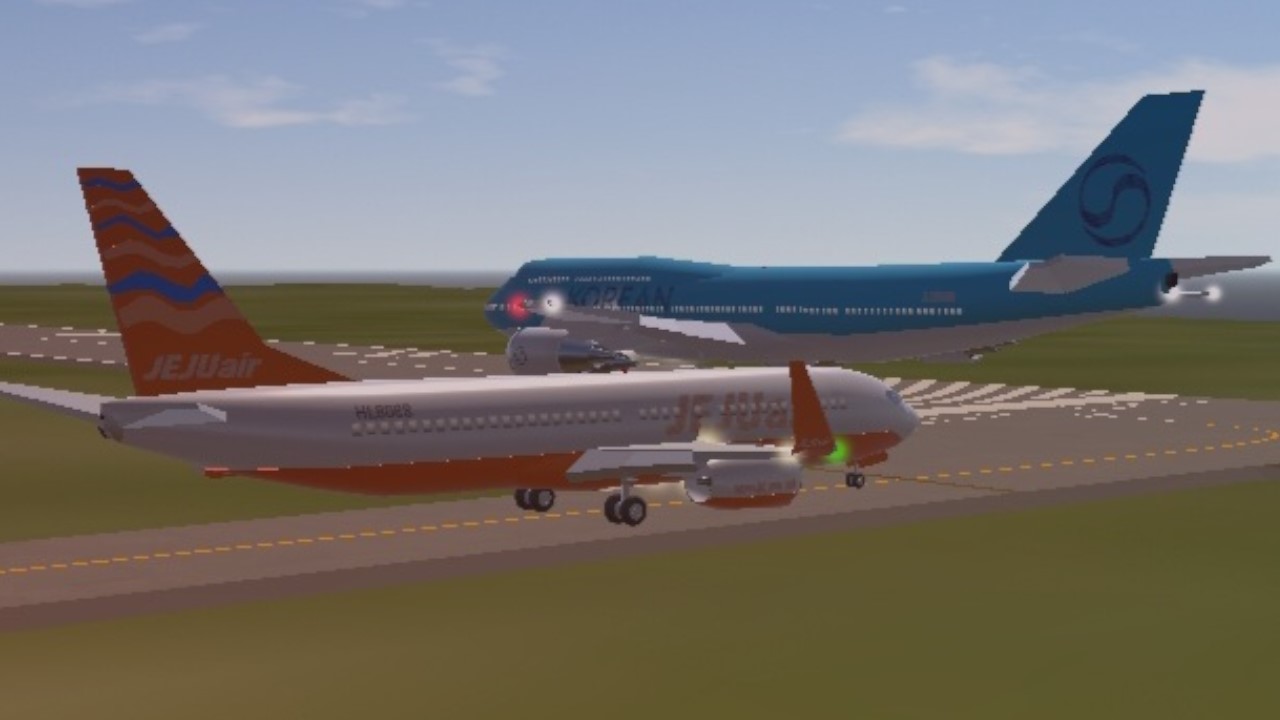
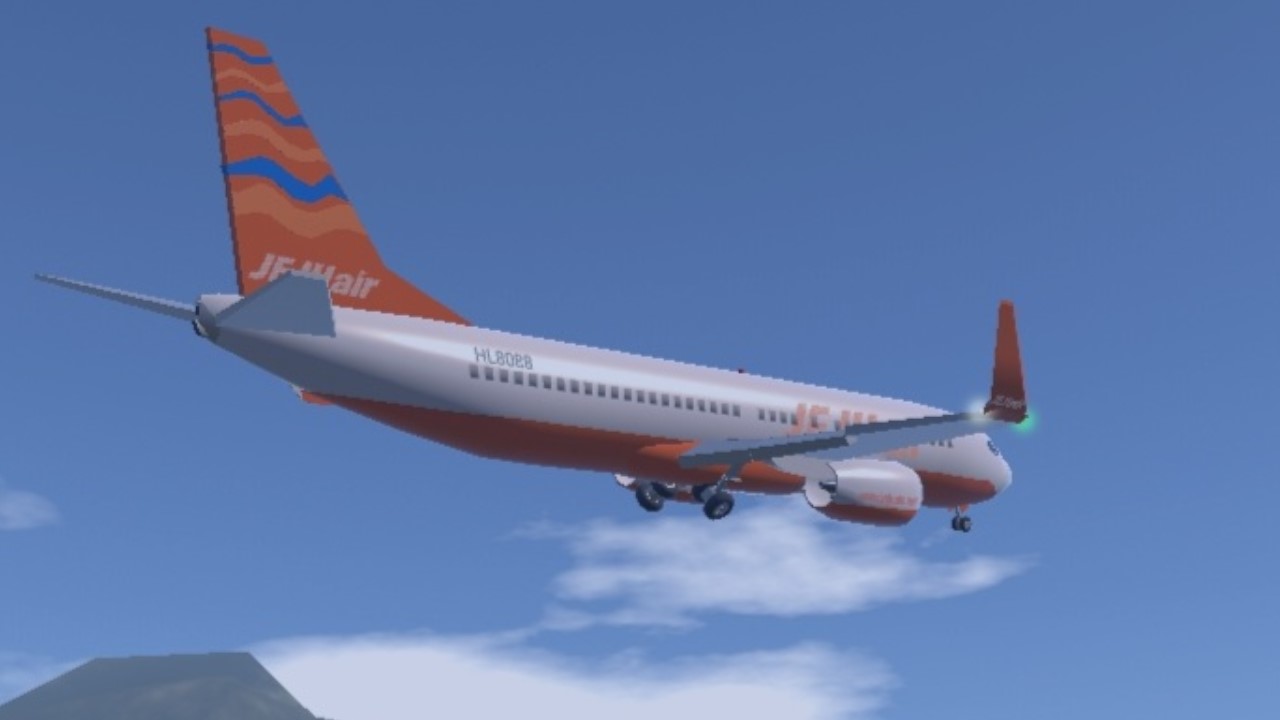
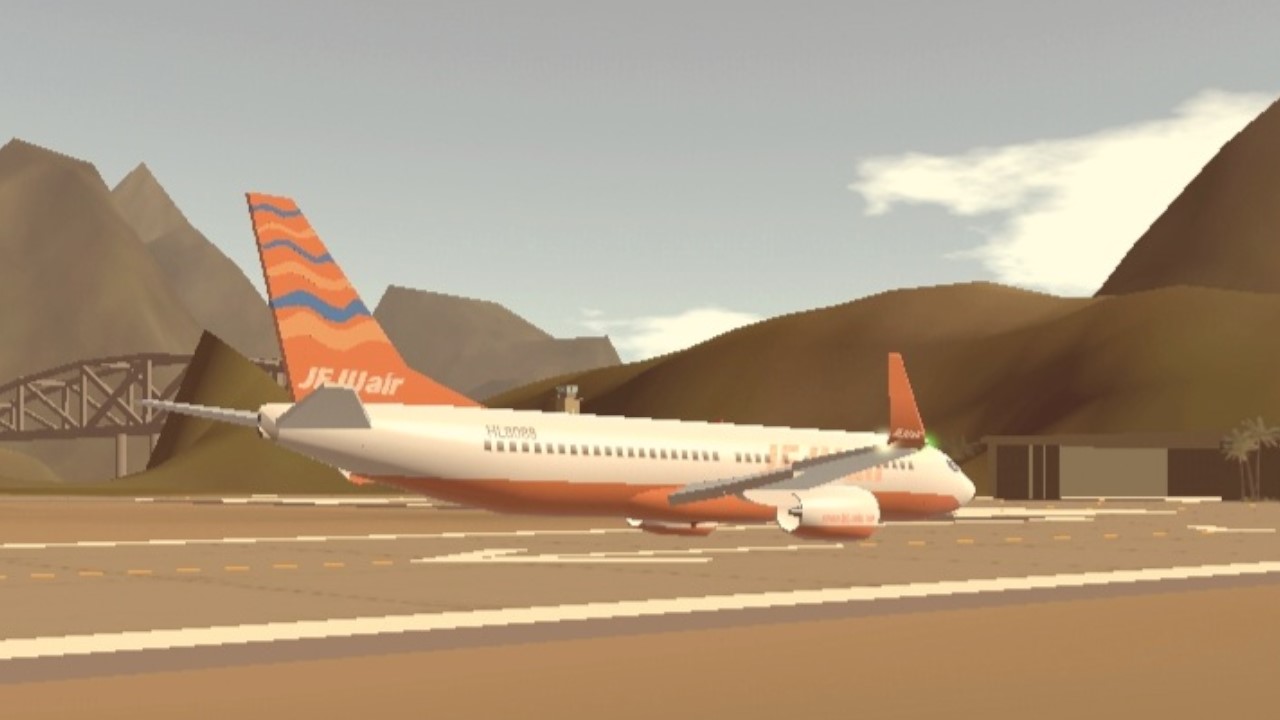
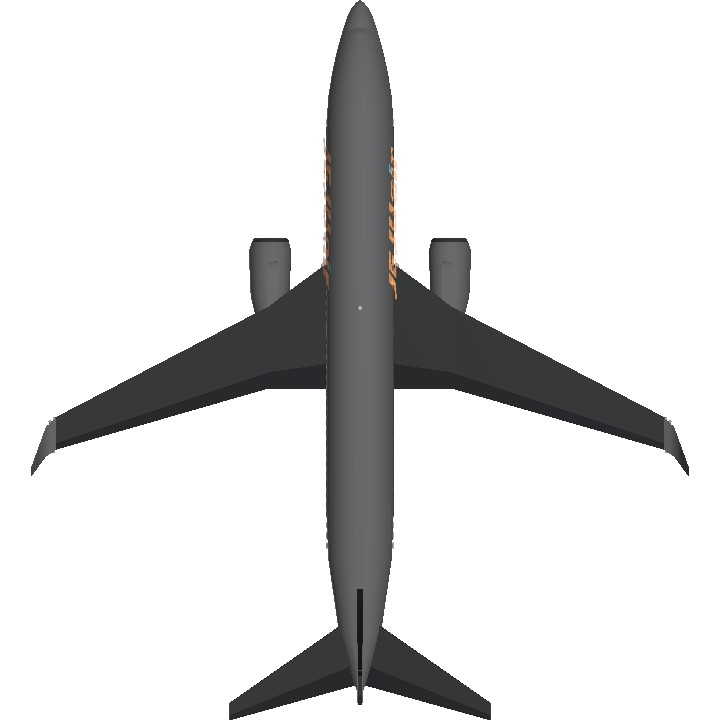
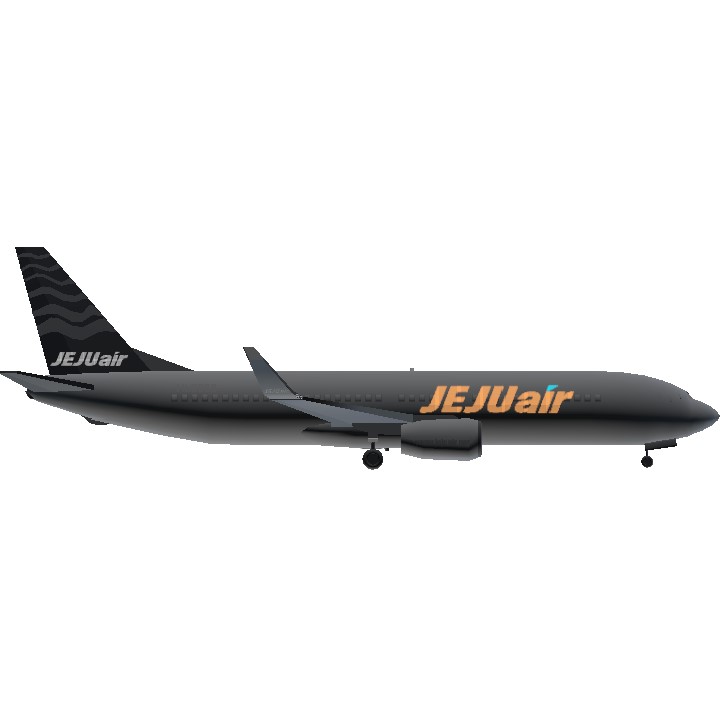
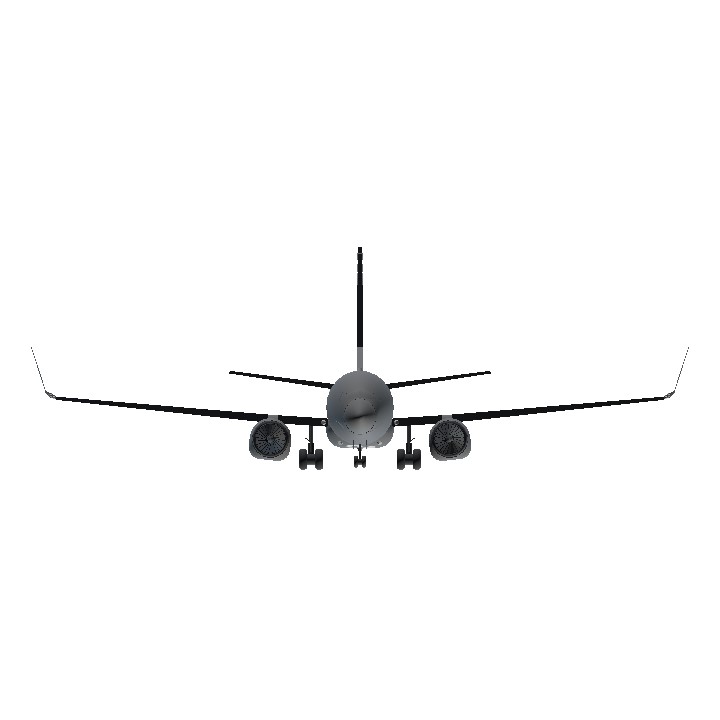
JEJU air 2293